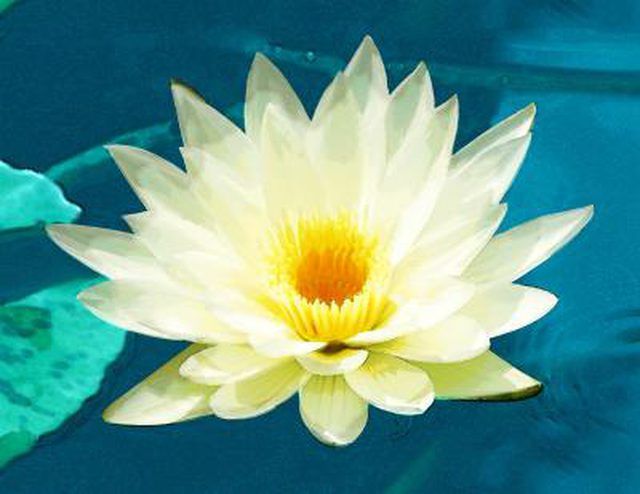Bulbs
Flower Basics
Flower Beds & Specialty Gardens
Flower Garden
Garden Furniture
Garden Gnomes
Garden Seeds
Garden Sheds
Garden Statues
Garden Tools & Supplies
Gardening Basics
Green & Organic
Groundcovers & Vines
Growing Annuals
Growing Basil
Growing Beans
Growing Berries
Growing Blueberries
Growing Cactus
Growing Corn
Growing Cotton
Growing Edibles
Growing Flowers
Growing Garlic
Growing Grapes
Growing Grass
Growing Herbs
Growing Jasmine
Growing Mint
Growing Mushrooms
Orchids
Growing Peanuts
Growing Perennials
Growing Plants
Growing Rosemary
Growing Roses
Growing Strawberries
Growing Sunflowers
Growing Thyme
Growing Tomatoes
Growing Tulips
Growing Vegetables
Herb Basics
Herb Garden
Indoor Growing
Landscaping Basics
Landscaping Patios
Landscaping Plants
Landscaping Shrubs
Landscaping Trees
Landscaping Walks & Pathways
Lawn Basics
Lawn Maintenance
Lawn Mowers
Lawn Ornaments
Lawn Planting
Lawn Tools
Outdoor Growing
Overall Landscape Planning
Pests, Weeds & Problems
Plant Basics
Rock Garden
Rose Garden
Shrubs
Soil
Specialty Gardens
Trees
Vegetable Garden
Yard Maintenance
What Are the Adaptations of a Lotus Plant?
What Are the Adaptations of a Lotus Plant?. A water plant, lotus (Nelumbo spp.) grows in the mud of lagoons, ponds, marshes and water-logged fields. It also works well in contained water gardens. Sacred lotus (Nelumbo nucifera) is a species native to the Philippines, Egypt, north Australia, the Volga River delta at the Caspian Sea and the Orient....

A water plant, lotus (Nelumbo spp.) grows in the mud of lagoons, ponds, marshes and water-logged fields. It also works well in contained water gardens. Sacred lotus (Nelumbo nucifera) is a species native to the Philippines, Egypt, north Australia, the Volga River delta at the Caspian Sea and the Orient. American lotus, (Nelumbo lutea) is native to North America. Both types of lotus thrives in US Department of Agriculture plant hardiness zones 4 through 10 and do best with full sun and calm waters with rich. loamy soil.
Effective, Large Leaves
Both lotus species have leaves that are wide and disc-shaped, which float easily on water. Their generous surface area also allows them to absorb a large amount of sunlight, enabling the plants to produce their large and showy flowers. Dwarf lotus varieties have leaves only a few inches wide while the full-size species have leaves can reach up to 36 inches in diameter.
The Lotus Effect
Lotus leaf and stem surfaces are coated in a wax that is super-hydrophobic, meaning it repels water and is very difficult to wet. This hydrophobic adaptation is referred to as the "lotus effect" and has inspired many products that emulate its properties, such as paints, fabrics, roof tiles and even gear for space flights.
Attractive Flowers
Lotus flowers attract birds and insects with their brilliant colors, so the animals can feed on the pollen and pollinate other flowers. Sacred lotus has pink or white flowers, while American lotus has yellow ones. The flowers rise above the water on stems that are 2 to 4 feet tall.
Creating Their Own Climate
The lotus flower, stems, leaves and roots produce heat that helps to regulate the temperature of the surrounding water to form a lotus-friendly microclimate. This phenomenon is called thermoregulating. In addition to fostering its own growth, the heat the lotus plant produces attracts pollinating insects.
Unique Seed Distribution
Lotus flowers use water to help distribute their seeds. A hard, nut-like fruit forms on the flowers after they bloom, which then dries out and falls into the water. As the fruit floats to other areas of the pond or lake and disintegrates, it drops seeds along the way.